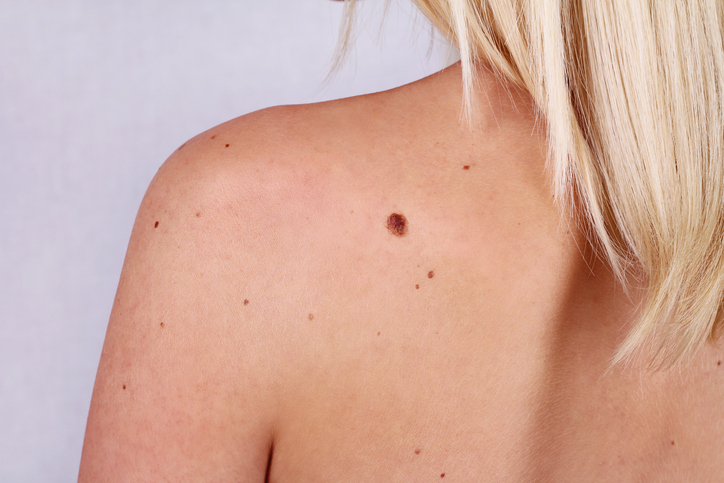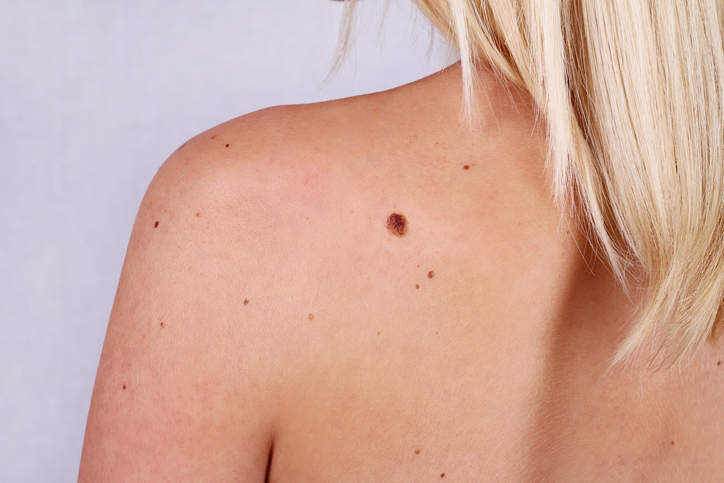Whether it’s wearing shorts and T-shirts to beat the heat, or swimwear to the beach or the pool, you can’t help but show a little more skin than usual in the summertime. Here’s some info about those little friends that are along for the ride.

What causes pimples?
Everything your mom and your doctor told you when you were a teenager is wrong—neither chocolate nor fatty foods lead to pimples, also known as zits or acne. Zits pop up and mar your pretty face when sebaceous (oil) glands at the base of hair follicles get clogged and become infected. That leads to small, red, pus-filled lesions. While they can occur at any time of life (great!), pimples are most associated with teenagers because of puberty. Adolescence means hormones working overtime, which makes sebaceous glands over-produce oil. More oil means an increased likelihood of oil glands clogging.
What causes warts?
While pimples are caused by oil—and your body working against itself—warts are the result of a virus. It infects the top-most layer of the skin and manifests as rough or smooth patch that may or may not be the same color as the skin itself. They generally come about if the skin has been disturbed or cut in some fashion, allowing the wart virus to find a way in. (Your mom was right about this one—since warts are virus-spread, you can get warts by touching other people’s warts.)
What causes moles?
Moles may look like warts, but they’re a completely different dermatological phenomenon. They’re skin growths, usually brown or black ones, that pop up when pigment-providing skin cells called melanocytes grow in a cluster instead of what they’re supposed to do, which is spread out and then grow. All that biological coloring agent inside those cells is what gives moles their signature hue.
What’s a skin tag then?
Often used interchangeably with moles and warts—skin tags are something else entirely, the result of purely external forces as opposed to the internal ones that lead to moles and warts. A skin tag, a floppy chunk of discolored, elevated skin, begins as a little bump that gets repeatedly rubbed by clothing or other skin. (Lots of skin tags appear on the side, under the arm, for example.) All that friction rubs and pulls at the same piece of skin, breaking skin cells until it’s just a little piece sitting atop the skin.








